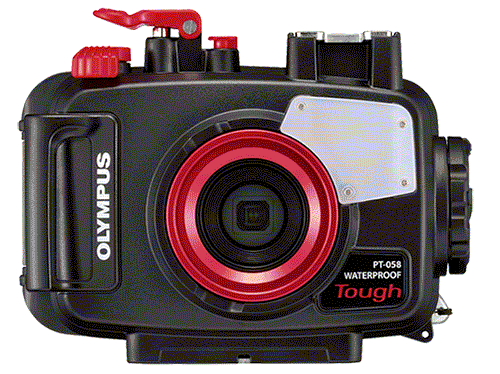Sea Cucumber Poo – Now Exciting News!
Bet you never thought poo would be exciting news. Now it is. Scientists from the University of Sydney have said they believe sea cucumber poo could help save coral reefs from the impacts of climate change. The announcement was made, following months of research at One Tree Island on the Great Barrier Reef.
One Tree Island Deputy Director Professor Maria Byrne said research had revealed sea cucumber poo had several benefits to coral reefs, including increasing pH levels in the water and adding calcium carbonate (CaCO3), a key component of coral, to its surrounds.
“When they ingest sand, the natural digestive processes in the sea cucumber’s gut increases the pH levels of the water on the reef where they defecate,” Professor Byrne said.
“To survive, coral reefs must accumulate CaCO3 at a rate greater than or equal to the CaCO3 that is eroded from the reef [by ocean acidification],” Maria says. “The research at One Tree Island showed that in a healthy reef, dissolution of calcium carbonate sediment by sea cucumbers and other bioeroders appears to be an important component of the natural calcium carbonate turnover.”
So, right about now, I bet you are wondering what exactly does sea cucumber poo look like? Having just seen a ‘fresh’ specimen on my last Great Barrier Reef dive trip, I can reliably inform that it looks very much like the canine variety in shape, but is coloured and textured like normal sand.
There are approximately 1,150 species of sea cucumbers around the world, with around 200 believed to be living in Australian waters. In size they can be anywhere from 1cm up to 1metre and they are found in most oceans, particularly favoring sandy areas of coral reef lagoons.
Sea cucumbers come in most sizes, shapes and colours. They are all sausage-shaped and have tube feet with suckers on the end of them. A common defensive mechanism is to ‘vomit’ their digestive system out; this will not kill them, if the threat passes, they can slowly suck it all back in again.
Reproduction is by spawning, which usually coincides with coral spawning, but can happen outside of these times. We recently witnessed two sea cucumbers spawning on Osprey Reef in the Coral Sea in January, three months after Great Barrier Reef spawning occurred.
Sea cucumbers are also known as bech l’mar and are considered a delicacy in some countries, which has led to overfishing. I’m pleased to report that on the Great Barrier Reef, sea cucumbers are plentiful. I once counted 35 in a single scuba dive on a site called ‘Challenger Bay’ in the Ribbon Reefs, north of Cairns. I’m sure there were many more too, I just ran out of air and time to look for them.
Sea cucumbers are safe to handle and many dive instructors will pass one to you, to gently handle, on a guided dive from Cairns.
There are so many wonders of the Great Barrier Reef, just waiting for you to explore and scientists to discover.
For more information, or to book your Cairns Great Barrier Reef adventure, contact Cairns Dive Adventures today on +61 7 5641 0112 or info@cairnsdiveadventures.com
ABOUT THE AUTHOR:
Search for Tours:
Categories:
Recent Posts
Cairns Reef Information
Click the links below to find out more.
Quick Jump
Do you need help choosing a trip?
Can't decide? We have personally been on every Cairns reef and diving trip. We can help you choose the best tour, to suit your experience and budget.
Special
FREE UNDERWATER CAMERA HIRE*

Spend over $550.00 AUD on your Great Barrier Reef tour with us and receive the latest Digital Underwater Camera Hire. Take amazing High-Resolution images and 1080 HD Video. Only when you book online thru our website.
Not available for any tours to the Islands as fine white sand damages the seals on the cameras and makes them leak!
You need to come into our shop located on the Cairns Esplanade the day before departure to pick up the camera before 5:30 pm. You also need to supply your own SD Camera Card and drop the camera off back at our shop before 5:30pm.
Please Remember there is no other way to collect our cameras! All passengers must come into our shop the day before departure day before 5:30 pm.


